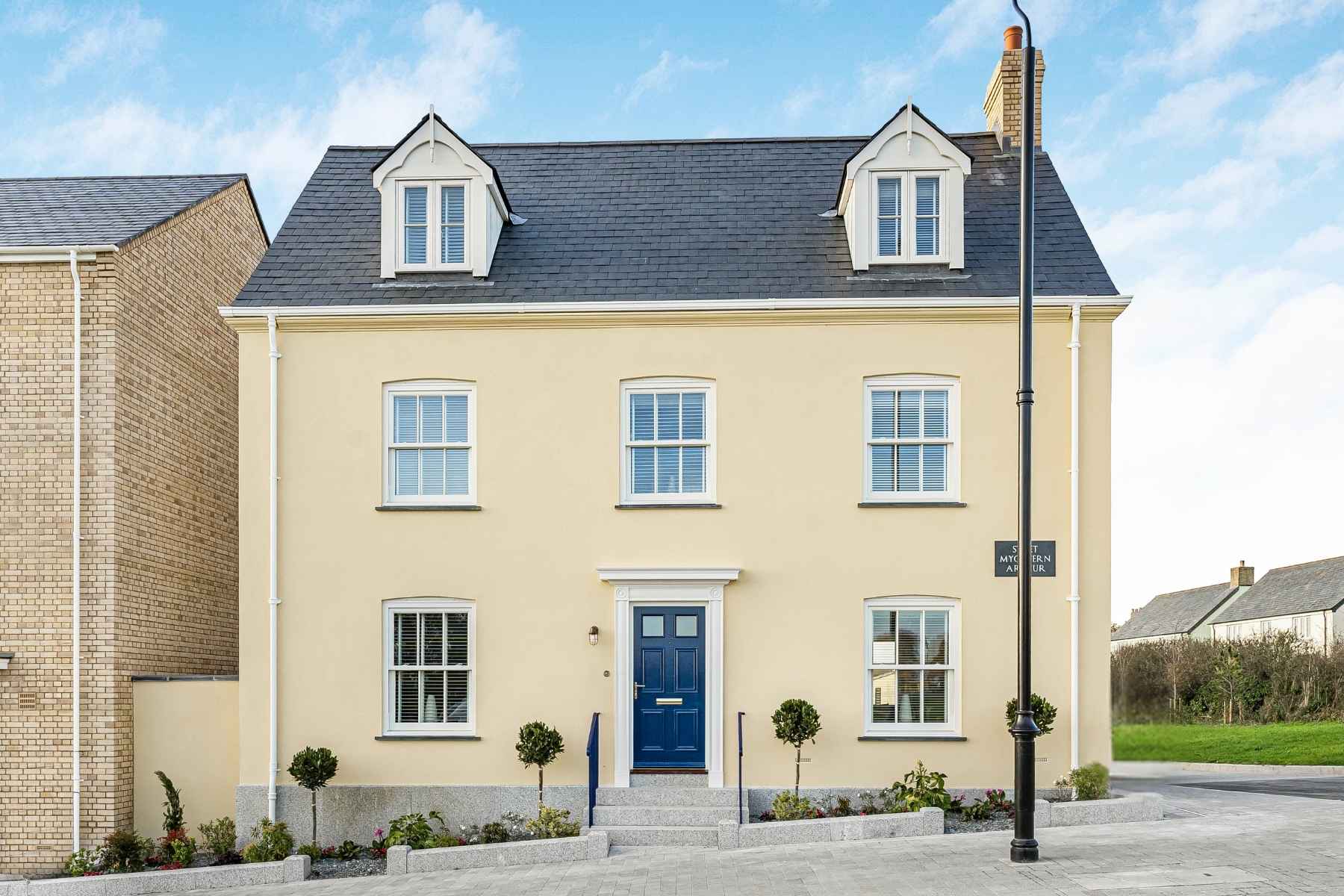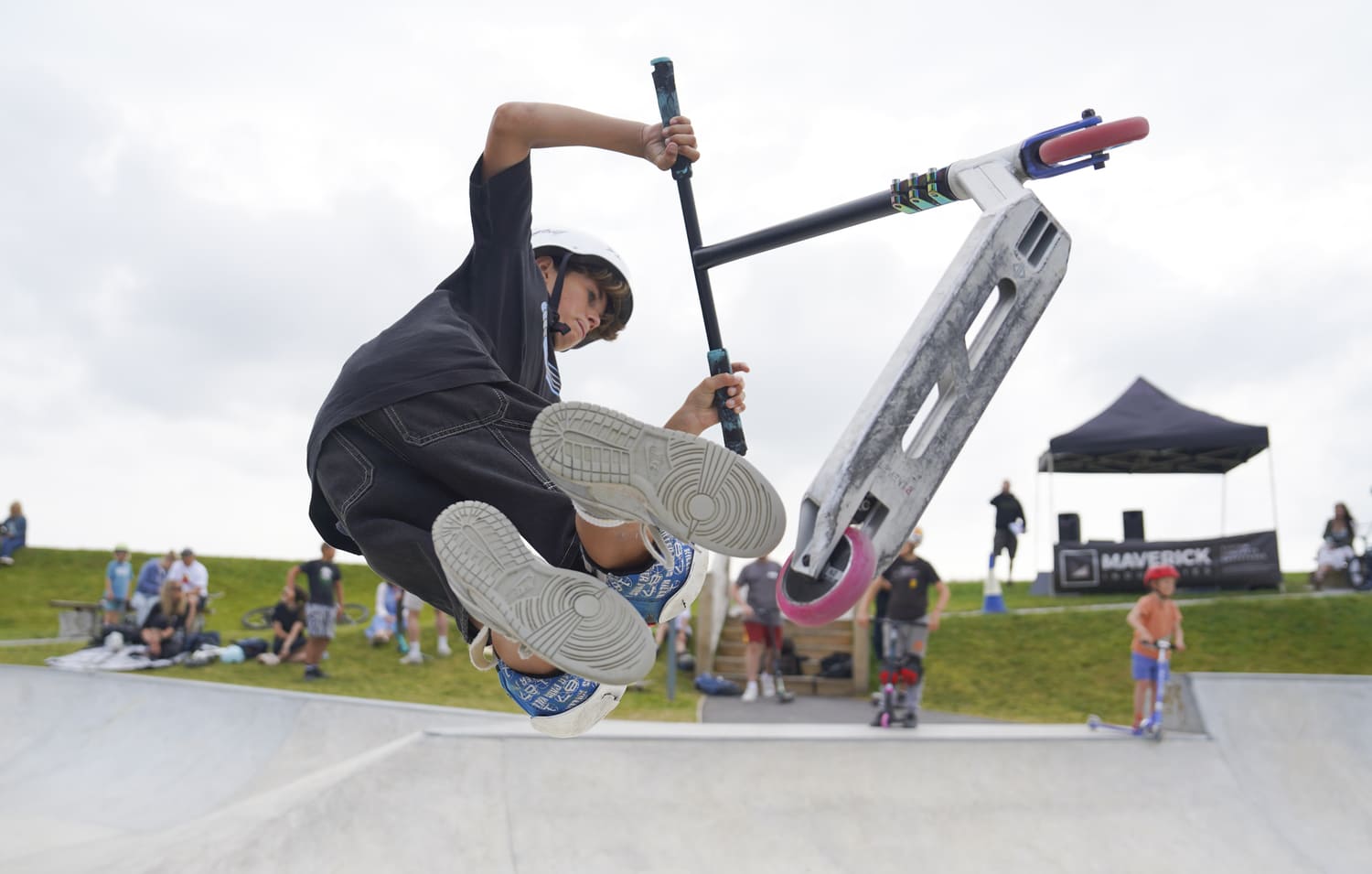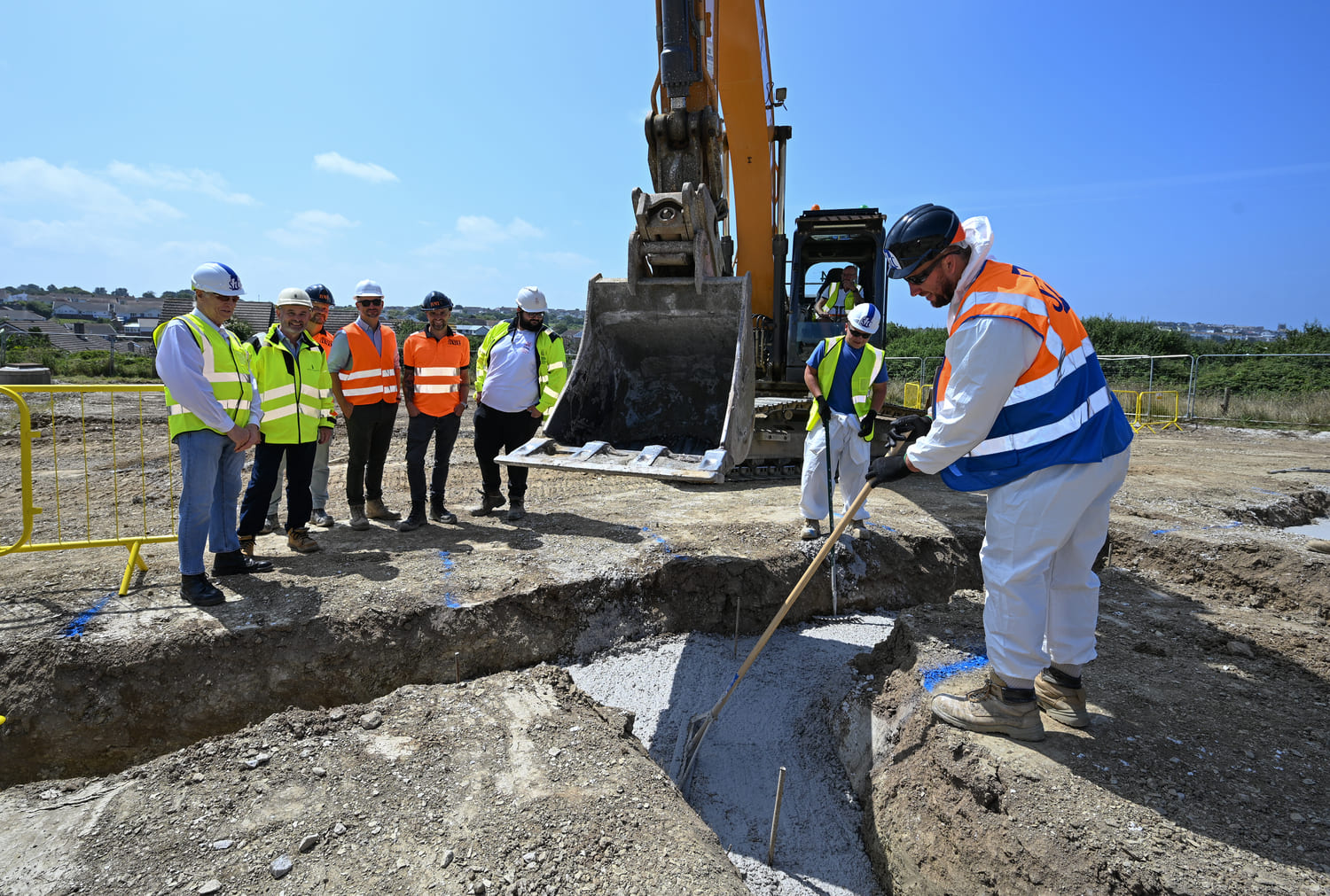A pioneering project by the Duchy of Cornwall to encourage more wild birds to nest in its developments continues to go from strength to strength.
Since 2015 the Duchy has been working with the RSPB to build nest boxes into the walls of new homes and other buildings as part of a number of measures to enhance wildlife across the Duchy’s estate.
With almost 1,000 nest boxes already installed and growing all the time, increasing numbers of birds are choosing to make them home.
An annual ‘citizen science’ survey which has been running since 2019 across a number of Duchy developments in Cornwall and Dorset found that 363 nest boxes had shown signs of use last year, up 7% on the previous year.
The most abundant species were house sparrows with 97 identified nests, followed by starlings and house martins, tied with 52 nests each. All these species are on the RSPB’s Red List of Conservation Concern, which have suffered huge declines in the last 25 years.
The survey showed that sparrows seem the least fussed about taking on a used box, with evidence showing they are happy to occupy boxes previously used by other species, even those that have been filled with mud by house martins. And in a few cases it was bees not birds that had taken up residence.
Dr Thaís Martins, an expert in zoology and avian biology, is working with residents and the Duchy to monitor the use of the bird boxes. She said: “For the fourth year in a row The Big Duchy Bird Box Survey has shown the importance of providing for wild birds in the built environment, and that they will nest if the conditions are right. With this year’s survey about to get underway we hope that’s a trend that will continue.”
Stephen Fitt from the RSPB, who has worked closely with the Duchy on the nest box project since its inception, said: “These are all Red List species and it’s vital we support them. The Duchy has shown that these nest boxes can be used at scale and make a real difference. The work we have done has helped inform a new British Standard for integral nest boxes in new developments and we hope the wider housebuilding industry adopts this as common practice.”
The total number of nest boxes installed by the Duchy in its developments at Nansledan and Tregunnel Hill in Newquay, Trevethow Riel in Truro, and Poundbury in Dorset has increased to more than 1,000.
The Duchy has committed to installing an average of one nest box per home built, including at its proposed new 2,500-home development at South East Faversham in Kent.
Ben Murphy, Estates Director at the Duchy of Cornwall, said: “Bringing nature into our developments is hugely important to the Duchy and actively encouraged by HRH the Duke of Cornwall and his father before him, His Majesty The King. To see these nest boxes being increasingly used by threatened species is very heartening and shows how it is possible to enhance biodiversity in modern development.
“We hope more residents than ever before will take part in this year’s survey between May and August and that as the development and its planting of trees and shrubs mature, even more species will choose to nest in Nansledan.”
The Duchy includes a number of other habitat enhancements in its developments. These include the use of bee bricks and the creation of community allotments, parks and natural open space.
The Big Duchy Bird Box Survey has its own Facebook page with all the latest developments and how to take part.




